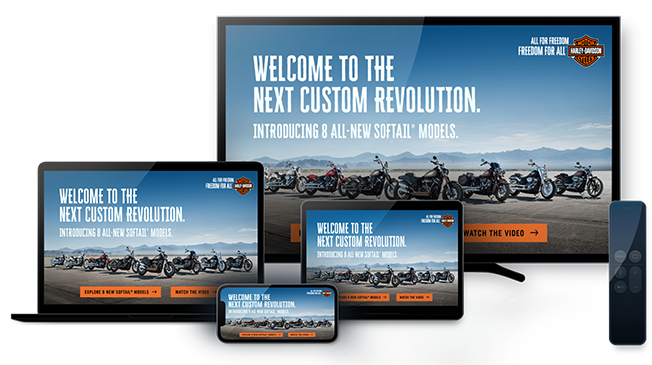Super Bowl LVIII Ads Recap: Familiar Faces in New Spheres
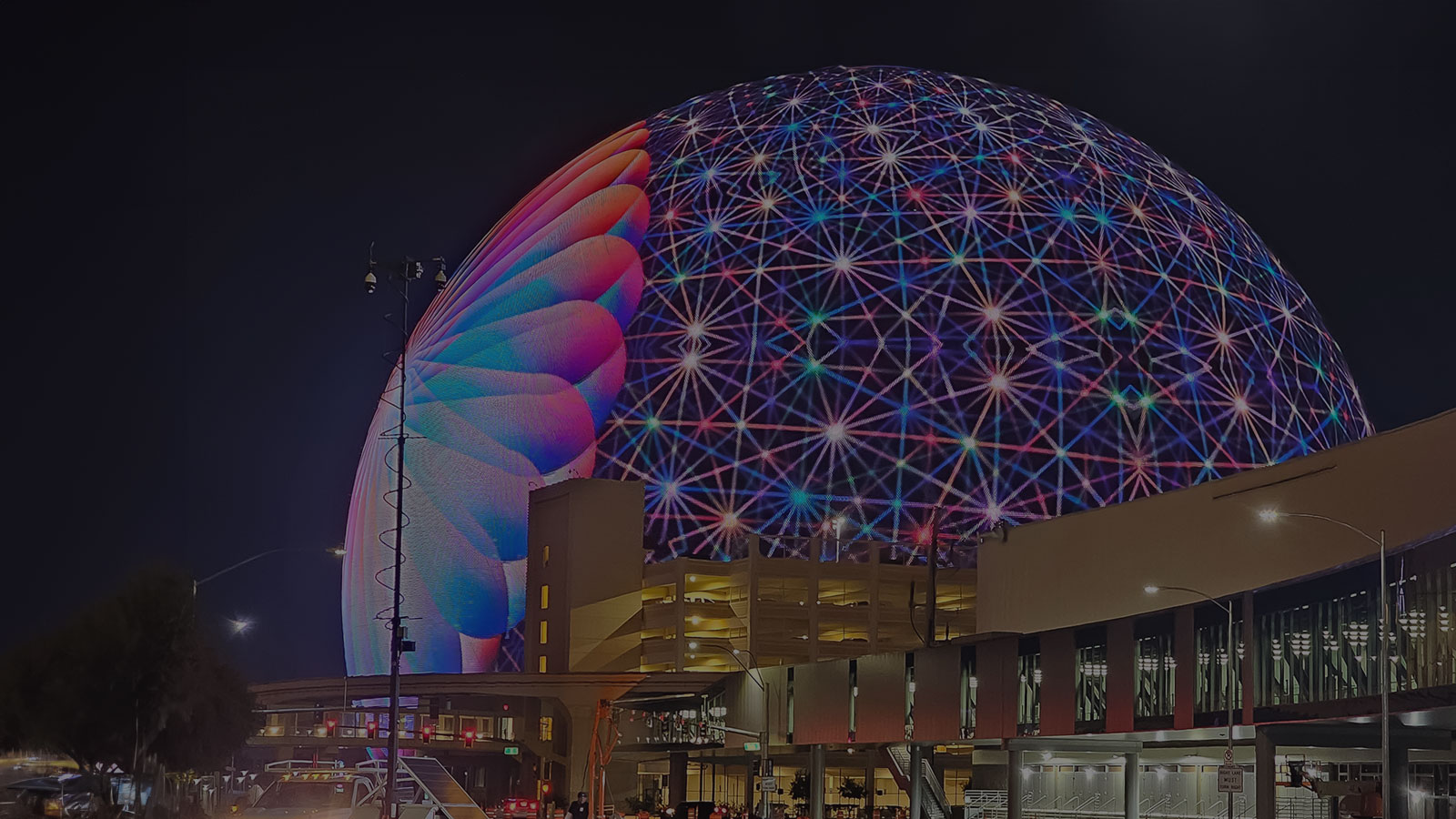
Super Bowl LVIII saw the return of many familiar faces as most brands played it safe – dropping teasers the week before, reviving classic campaigns, or enlisting celebrities with broad cross-generational appeal in order to grab consumer attention during those precious 30 seconds.
But of course the first Super Bowl to be played in Las Vegas had an ace up its sleeve – The Sphere. Vegas’ newest landmark – a 367-foot-tall dome-shaped arena with an enormous LED screen on its exterior – put on quite a show for brands throughout the entire Super Bowl week and made out-of-home marketing the unexpected MVP of the night.
NFL sponsors had exclusive access to purchasing ad spots on the Sphere. With that came the chance to create an unforgettable spectacle that amplified their Super Bowl campaign across its powerful 360 degree displays, making it visible from almost anywhere on the Strip – not to mention all over social media.
The year’s best campaigns combined all of those tactics – releasing teasers early to generate excitement, leveraging nostalgia to grab attention, and making a splash with The Sphere’s unprecedented OOH canvas to create a winning playbook.
Let’s take a look at some of the best plays in each category of the night:
Taking advantage of the buildup to the Big Game.
The days of secretive Super Bowl ads are long gone, with many brands releasing teasers or even their full Super Bowl spots in the days and weeks leading up to the game. Comscore found that 88% of adults ages 18–49 saw at least one 2023 Super Bowl ad on YouTube, compared to the 68% who said they saw it on linear TV.
This year, some brands played it straight and simply released their spots in full in the lead up to the game. That’s not a bad way to get as many eyes as possible, but with so many other brands taking advantage of the lead time and creating unique, memorable campaigns to build anticipation for the final ad, just releasing the full content in advance feels like a lost opportunity.
The full roll out for the CeraVe campaign appears to be the early winner of the night. The brand recruited over 450 influencers to start generating buzz and conversation for their campaign “Did Michael Cera create CeraVe?” for three weeks leading up to the Super Bowl.
When asked about the campaign by AdAge, Charlotte Tansill, president of Ogilvy PR, Social & Influence, North America had this to say: “We could have just done the TV spot with Michael Cera and CeraVe but we saw an opportunity to do it in this first-of-its-kind way, where the narrative really rolls out over a three-week campaign and you’re sort of following the beginning, the middle and the end over time, as opposed to it all needing to happen within the commercial itself.”
This lesson harkens back to our learnings from years past – that people don’t remember ads unless they are part of a campaign.
And it looks like it paid off for CeraVe – they just won the Super Clio for the campaign.
Rebooted and Reloaded: The value of iconic campaigns
Many brands decided to lean into the familiar and reboot, revive, or relaunch famous campaigns from years past to generate buzz and excitement around their brand, while playing into well-known, sometimes decades-long campaign themes and tactics that viewers are more likely to instantly recognize.
Leaning on the familiar has proven to be a smart move in this oversaturated and overstimulated environment. In 2023 a report from System1, a research firm that measures advertising effectiveness, found that the strength of brand recognition for Super Bowl ads has declined. The average percentage of consumers that recall a brand from a Super Bowl ad has dropped from 85% of viewers in 2020 to 83% in 2023. By comparison, the brand recall score for everyday U.S. ads in 2020—81%—rose to 85% this year.
The Budweiser Clydesdales returned, as did the Coors Light Chill Train, with a cameo from LL Cool J. The E*TRADE babies were back – this time playing pickleball.
Sometimes, brands don’t need to reinvent the wheel. A great campaign is bound to remain a great campaign – and reviving it for the Super Bowl can be a key to success.
“Can You Sphere Us Now?”
The biggest impact of all though was the Sphere. The NFL took full advantage of this new modern marvel and announced a deal with Sphere Entertainment to project custom Super Bowl content on the Exosphere throughout Super Bowl week.
These projections were seen everywhere – on social media, from fans, and throughout the entire broadcast as key moments, score updates, and incredible animations were projected across The Sphere in stunning animation.
Paramount broadcast full trailers for their newest releases like Mission Impossible alongside commercials for Paramount+ and the Clydesdales continued to make their return and proclaimed Budweiser “The King of Spheres.”
Even brands that didn’t run an ad during the Super Bowl itself – like Adidas, which is an NFL partner but was not an advertiser in the game – could get in on the action with Sphere ads. This drove home that a well-designed out-of-home marketing campaign can go further than a single Super Bowl spot – and is a key component of a brand’s strategy today. (Advanced digital out-of-home can gain scale on social media if it’s eye-catching enough – like Infillion’s InStadium activation for Netflix last winter.)
But no campaign embodied each of the themes of the 2024 Super Bowl better than Verizon’s campaign with Beyonce.
Verizon stated that they set out to “transform the Las Vegas skyline and showcase the network NFL fans rely on in a way that only Sphere and Verizon can.” Their custom helmet animation definitely achieved that as it spun around, revealing the iconic Las Vegas skyline while promoting that Verizon is the network Las Vegas and the Super Bowl relies on.
But they didn’t stop there. Verizon enlisted one of the biggest names in the music industry – Beyoncé – to help them out. Beyoncé fans quickly caught on to Verizon as they released teaser imagery featuring iconic Beyoncé easter eggs and hype began to build around what the commercial would be announcing – with many thinking it was teasing a residency at The Sphere.
When the commercial did finally air, it was one of the highlights of the night, and even included The Sphere itself. The ad saw Beyoncé trying to “break the internet” at Verizon through a number of stunts including “riding a horse on The Sphere” and ultimately ended with her releasing brand new music. Fans will still have to wait and see if Beyonce will be performing in The Sphere, but this is one campaign that “Can’t B Broken.”
Overall, the night saw a lot of familiar favorites return with a new spin, thanks to the incredible potential of The Sphere opening up a whole new host of creative possibilities not just in Las Vegas, but in an advertising industry where brands can now think much bigger about their OOH strategies.
Subscribe to our blog:
Related Posts:
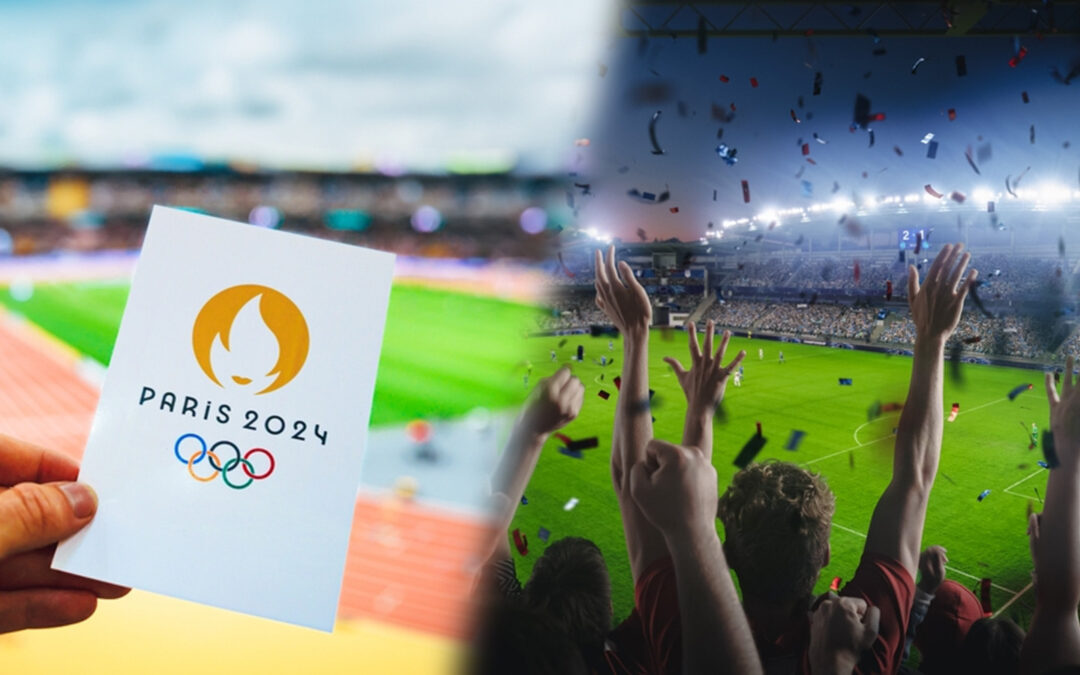
What Live Sports Strategy Is Best For Your Brand?
As summer heats up, the world's eyes turn to Paris. The city has prepared an array of stadiums, arenas, and outdoor venues for 32 unique sporting events to host the 2024 Olympics Games – and that’s just the beginning. Especially if you’re in advertising. For the first...
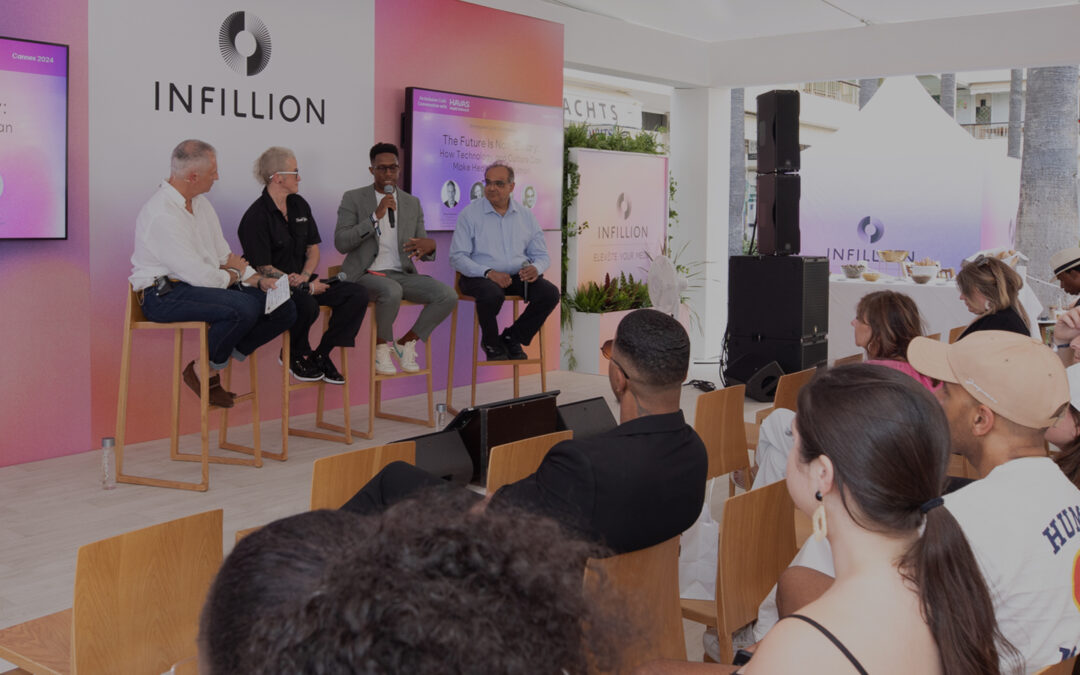
The Future Is Non-Binary: How Technology and Culture Can Make Health More Human
As our conceptions of identity and gender evolve, so too does the dialogue around health and healthcare. But right now, that dialogue is not moving fast enough. “Healthcare is not keeping pace with societal changes,” pulmonary critical care physician Cedric “Jamie”...
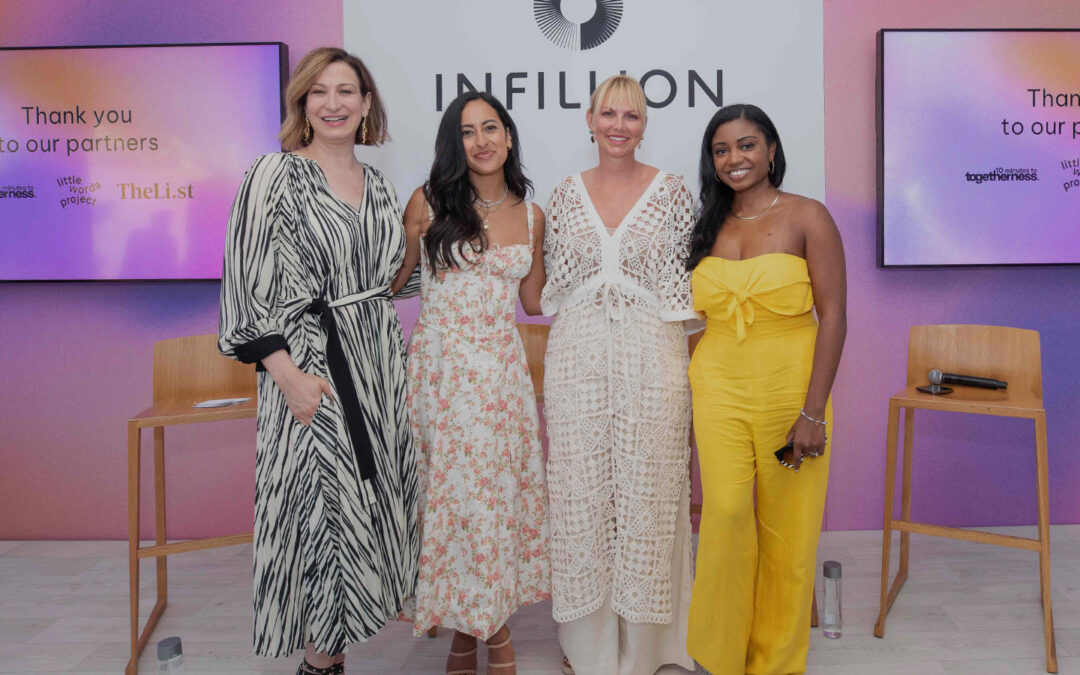
Why Addressing Loneliness Is Crucial for Women’s Success in the Workplace
Loneliness and isolation have become prevalent issues in the workplace, affecting 80% of women -- especially those under 35 and women of color – according to research from women’s leadership group TheLi.st in partnership with creative agency Berlin Cameron. This...
Let's Connect
